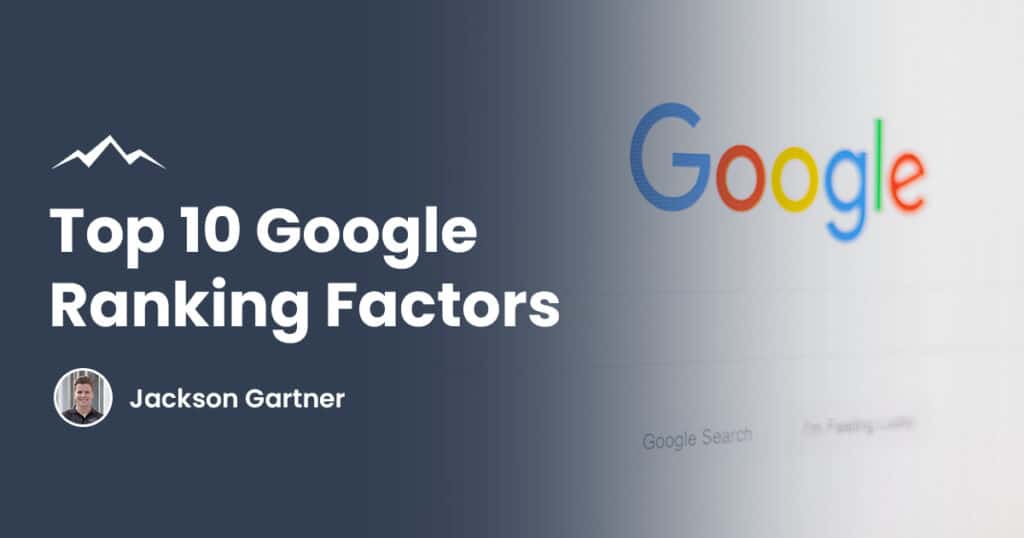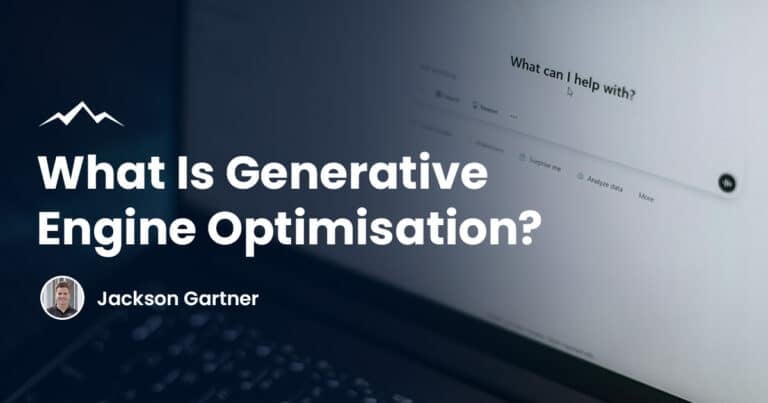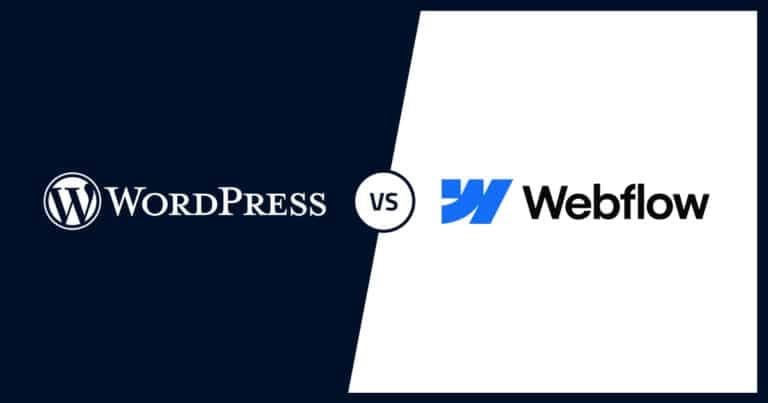Ranking well on Google is pivotal for any business online. It’s the difference between being easily found by potential customers or getting lost in the depths of search engine results.
Knowing what factors contribute to your Google ranking is not just useful, it’s crucial to your online success.
These factors are the building blocks for visibility and traffic, a well-ranked website is more likely to attract visitors and convert those visits into leads or sales.
So, what goes into a top-ranking website?
It’s not just about creating lots of content and hoping for the best. Google’s algorithms consider hundreds of factors to decide which websites offer the most value to users.
From the relevance and quality of your content to how quickly your pages load and how easy they are to navigate on a mobile device, each aspect is analysed and scored.
In this article, we’ll highlight the top 10 Google ranking factors that can make or break your website’s search engine ranking:
- High-Quality Content
- Off-Page Backlinks
- Search Intent & Content Relevancy
- Website Loading Speed
- Mobile Friendliness
- Domain Authority
- Keyword Optimisation
- Website Structure
- Website Security
- On-Page Experience
Understanding these is your first step towards a more visible and effective online presence and as we dive into each of these factors, we’ll offer practical advice on how to optimise them.
Our goal is to help you not just understand but also effectively implement strategies to improve your site’s ranking on Google.
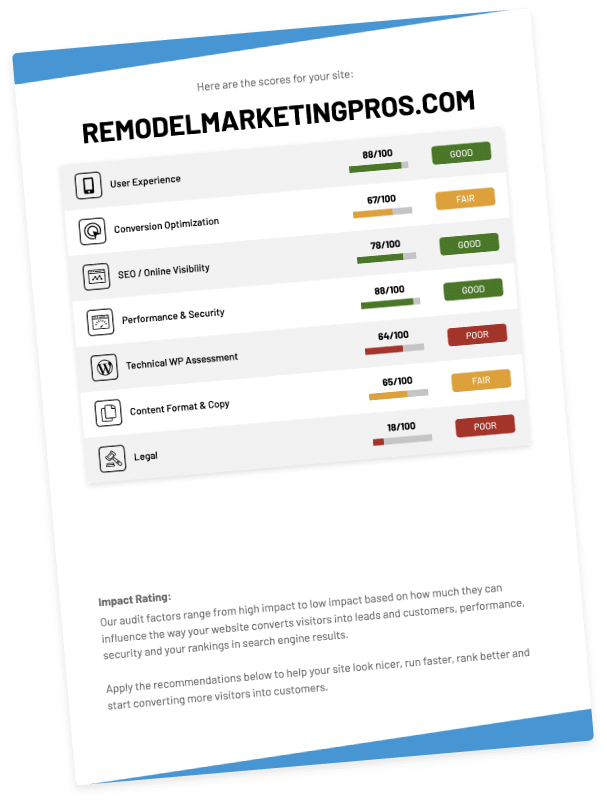
High-Quality Content
Content is essential to your website and a critical factor in Google’s ranking algorithm.
High-quality content is informative, engaging and provides value to the reader. It’s not just about stringing together keywords, it’s about crafting material that speaks directly to your audience’s interests and needs.
When content answers questions, solves problems, or provides new insights, it keeps visitors on your page longer, decreasing bounce rates and signalling to Google that your site is a valuable resource.
In addition to being well-written and insightful, high-quality content must also be original.
Duplicate content or rehashed information from other sites won’t do your rankings any favours. Authentic content that offers a fresh perspective or unique data can set your site apart in the crowded online space.
Google aims to deliver the best results to users and by consistently providing top-notch content, you increase your chances of being seen as a trusted authority in your field, worthy of a top spot in search results.
You can learn how to write engaging website copy in another blog post of ours.

Off-Page Backlinks
Off-page backlinks, or inbound links from other websites, act as a vote of confidence for the quality of your content.
Google views each backlink as an endorsement, an indicator that others find your content valuable enough to reference.
The quality of these backlinks is just as important as their quantity. Links from reputable, high-authority websites carry more weight and can significantly boost your site’s credibility and search rankings.
However, not all backlinks are created equal. Links from unrelated or spammy websites can harm your ranking.
It’s crucial to focus on building a natural link profile through genuine connections and high-quality content that naturally encourages others to link to your site.
Building High-Quality Backlinks
Monitor your backlink profile regularly using tools like Google Search Console, Ahrefs or Semrush. This allows you to keep track of who’s linking to you and to ensure the links are from reputable, high-quality sources.
Remember, backlinks from authoritative and relevant domains are gold in Google’s eyes and can significantly boost your site’s search rankings. You can find out why backlinks are so important for SEO here.
Avoid shortcuts and unethical practices like buying links, which can lead to penalties. Instead, invest time in building genuine connections and creating content that stands out as a resource within your industry.
Search Intent & Content Relevancy
Google’s algorithms have become increasingly adept at discerning the intent behind a user’s search query, which is why aligning your content with search intent is now a critical ranking factor.
Content relevancy is no longer just about keyword matching; it’s about ensuring that your content fulfills the needs and expectations of users when they turn to Google with a specific intent. Such as to find information, make a purchase or locate a business.
When your content successfully matches the ‘why’ behind a search, it signals to Google that your page is a relevant and valuable resource, thus improving your chances of ranking higher.
For instance, if a user is searching for “how to make spaghetti bolognese”, they’re likely looking for a step-by-step recipe, not a sales page for a pasta maker.
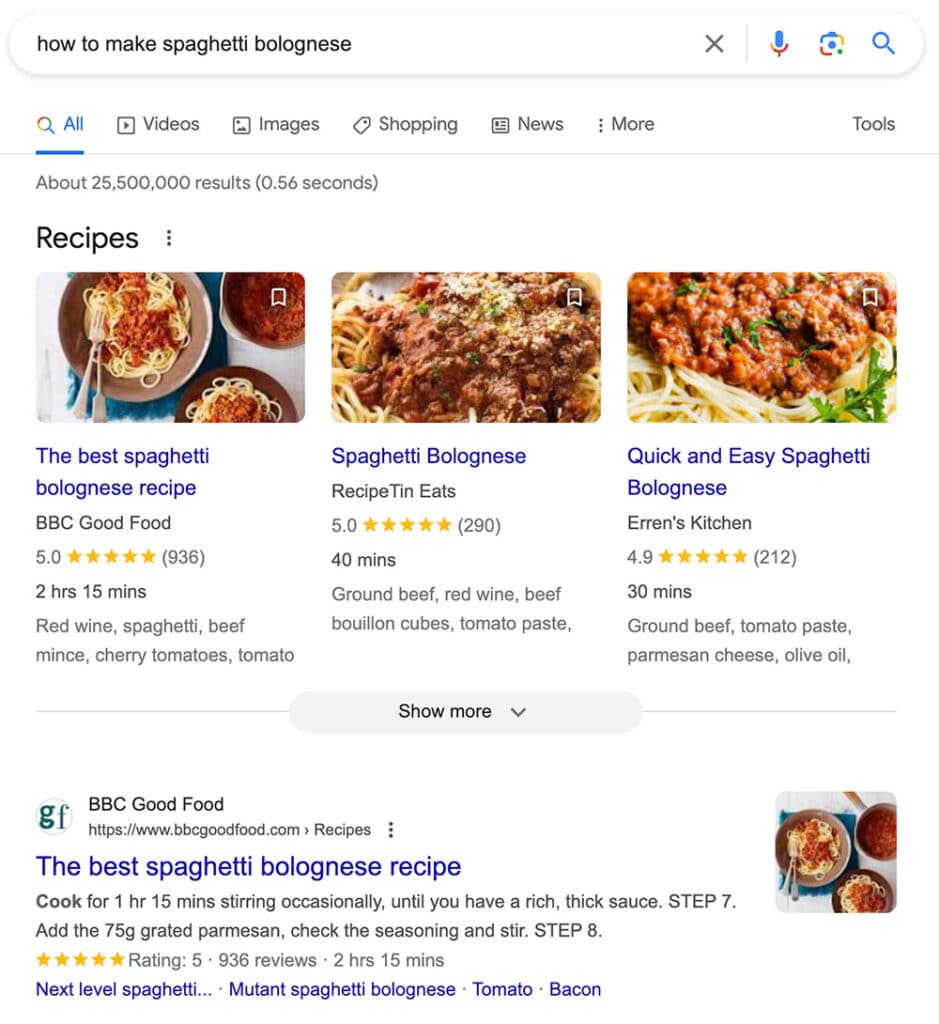
Google will favour content that best matches this instructional intent.
The same goes for transactional searches, where users are looking to buy; they’ll be more satisfied with product pages or eCommerce sites rather than blog posts about the product types.
Improving Your Content Relevancy
To optimise for search intent and content relevancy, start by researching the keywords or phrases your target audience uses and the type of content that ranks highly for those terms.
Tools like Google’s ‘People Also Ask’ feature and ‘Searches Related To’ can offer insights into what users are looking for.

Create content that directly addresses these queries and provides comprehensive, engaging answers.
Website Loading Speed
The speed your website loads can make or break the user experience in today’s fast-paced world.
Google recognises this and places a high value on website loading speed as a critical ranking factor.
A slow-loading site can lead to increased bounce rates, as users typically have little patience for delays.
Websites that load quickly, on the other hand, provide a smoother experience, encouraging users to stay longer and engage more with the content.
This positive user behavior signals to Google that your site is user-friendly and worthy of a higher ranking.
Moreover, faster loading times are crucial for mobile users, who often access content on the go with varying internet speeds.
Google’s mobile-first indexing, which prioritises the mobile version of content for indexing and ranking, underscores the importance of optimising your site’s loading speed for mobile devices.
Optimising for Faster Loading Speed
To improve your website’s loading speed, start by compressing images and using next-gen formats like WebP. Large images can drastically slow down page speed, especially on mobile devices.
Implementing lazy loading, where images and videos load only when they’re in the viewer’s screen, can also improve load speed.
Use tools like Google’s PageSpeed Insights to identify specific areas for improvement.
This might include minimising the size of your CSS, JavaScript and HTML files, reducing redirects and improving server response times.
Another effective strategy is to use a Content Delivery Network (CDN). CDNs distribute the load, saving bandwidth and speeding up access for users across different geographical locations.

Mobile Friendliness
With nearly 60% of global website traffic coming from smartphones, websites must be optimised for smaller screens because mobile friendliness is now a critical factor for Google’s ranking system.
This means ensuring your site is easy to navigate on mobile devices, with text that’s readable without zooming and links that are easy to click.
Google’s focus on mobile-first indexing highlights the importance of this: the mobile version of your website is now the primary basis for indexing and ranking.
Prioritising a Mobile-First Design
A mobile-first web design is key to making your website fully responsive. It allows your site’s layout to adapt to various screen sizes, providing a good viewing experience on any device.
To keep up with mobile usability standards, regularly test your website with tools like Google’s Mobile-Friendly Test.
For a better mobile experience, streamline your site. Optimise images, use simple menus and avoid pop-ups that can frustrate mobile users.
A clean, straightforward mobile site not only pleases Google’s algorithms but also meets the expectations of today’s users, enhancing your website SEO.
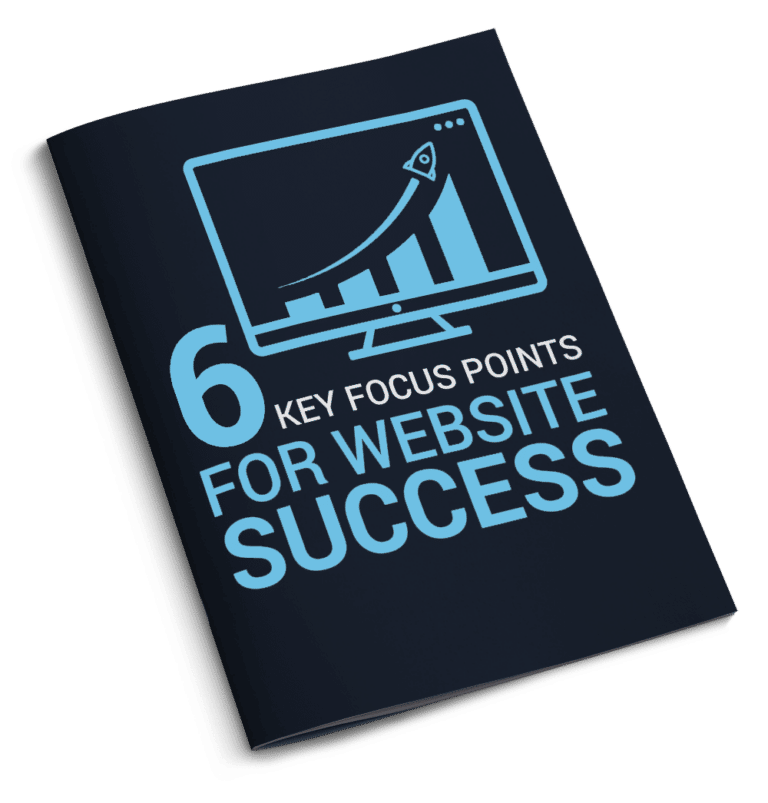
Domain Authority
Domain Authority (DA) is a metric developed by Moz to estimate how well a website will rank on search engine results.
While not a direct ranking factor for Google, DA is a useful indicator of your website’s overall search engine performance.
It’s calculated based on multiple factors, including linking root domains and the number of total links, forming a score that predicts how well a website will rank.
Improving Your Domain Authority
To enhance your DA, focus on building a robust backlink profile which involves acquiring links from a variety of high-quality, authoritative websites.
Consistently creating high-quality content that naturally attracts links from reputable sites is a core strategy.
Additionally, engaging in guest blogging, collaborating with industry influencers and actively participating in relevant online communities can help increase your site’s backlink profile.
Another key aspect is to perform regular audits of your website to identify and remove bad links, which can negatively impact your DA.
Tools like Moz’s Link Explorer or Ahrefs’ Website Authority Checker can be instrumental in this process, providing insights into your site’s link health.
Improving your domain authority is a gradual process that requires a consistent effort in building quality links and creating valuable content.
You can find out more about how long SEO can take in one of our other blog posts.
Keyword Optimisation
Keyword optimisation involves strategically incorporating words and phrases into your website that your target audience uses when searching for products or services like yours.
Effective keyword optimisation goes beyond just adding popular terms to your content, it’s about understanding the nuances of how your audience searches and tailoring your content to meet those specific queries.
Implementing Keyword Optimisation
Tools like Google’s Keyword Planner or Semrush can help identify relevant keywords with good search volumes.
Once you have your keywords, integrate them naturally into your website’s content, titles, meta descriptions and URLs.
It’s crucial to balance keyword usage; overuse can lead to ‘keyword stuffing’, which negatively impacts readability and can be penalised by Google.
Remember, the goal is to make your content valuable and relevant to the user while also making it easy for search engines to understand the context of your pages.
Including a mix of primary keywords, long-tail keywords and related terms can broaden your content’s reach and improve its relevance, enhancing your website’s overall SEO performance.
Website Structure
A well-organised website design makes it easy for visitors to navigate and find the information they need, reducing bounce rates and encouraging longer visits.
For search engines, a clear and logical structure aids in indexing your site more effectively, understanding your site’s content and determining its relevance to search queries.
Perfecting Your Website Structure
To perfect your website’s structure, start by organising your content into clearly defined categories.
This not only helps users navigate your site more efficiently but also enables search engines to better understand the hierarchy and relationship between different pages.
Ensure that your navigation menu is intuitive and accessible, with a layout that flows logically.
Implementing a consistent and clean URL structure is also essential. URLs should be simple, descriptive and include relevant keywords where appropriate.
This enhances the usability and findability of your pages, both for users and for search engines.
Additionally, incorporating a sitemap can significantly improve your site’s SEO. A website sitemap is a blueprint of your website that helps search engines navigate and index your content more efficiently.
Especially for larger websites with numerous pages, a sitemap is an indispensable tool for ensuring all your content is discovered and ranked by search engines.

Website Security
A secure website protects user data and ensures a safe browsing experience, which is paramount in maintaining user trust and loyalty.
Google acknowledges this by favoring websites that implement robust security measures, particularly those using HTTPS encryption.
Enhancing Your Website’s Security
The first step in boosting website security is to migrate from HTTP to HTTPS, which encrypts data transferred between the user and the website.
This is crucial for protecting sensitive information and is particularly important for eCommerce websites or any platform that handles personal user data.
Regularly updating your website’s software and plugins is also vital in safeguarding against vulnerabilities.
Outdated components can be easily exploited by cyber threats, so keeping everything up-to-date is essential for maintaining strong security. These updates can be done by you or by a specialist with a website maintenance care plan.
Additionally, implementing security measures such as firewalls, SSL certificates and regular security audits can significantly enhance your website’s defense against cyber attacks.
This not only protects your website and its users but also contributes to your site’s SEO performance, as Google tends to rank secure and trustworthy websites higher.
On-Page Experience
On-page experience encompasses various factors contributing to how users interact with a website and how enjoyable that interaction is.
Google’s recent updates place a significant emphasis on this aspect and consider it to be a key component in ranking websites.
A positive on-page experience is achieved when users find a website easy to navigate, informative and interactive without any hindrances or frustrations.
Optimising for a Better On-Page Experience
To optimise your website for a better on-page experience, start by ensuring your site is user-friendly.
This means having a clean, intuitive design, easy navigation and clear calls to action.
The content should be engaging and relevant, providing value to the visitors and encouraging them to explore further.
Website loading speed is also a part of the on-page experience. Faster loading times contribute to a smoother experience, reducing the likelihood of users leaving your site out of frustration.
Incorporating interactive elements, such as videos, sliders or clickable infographics can also enhance the on-page experience.
These features can make the content more engaging and increase the time users spend on your site.
Frequently Asked Questions
What are the top Google ranking factors?
Top Google search engine ranking factors include high-quality content, off-page backlinks, search intent and content relevancy, website loading speed, mobile friendliness, domain authority, keyword optimisation, website structure, website security and on-page experience.
Why is high-quality content important for Google ranking?
High-quality content is essential because it engages readers, reduces bounce rates and signals to Google that your site is a valuable resource. It must be informative, original and relevant to your audience’s needs.
How do backlinks affect my website’s ranking?
Backlinks from reputable, high-authority sites act as endorsements for your content, boosting your credibility and improving your search rankings. Quality is more important than quantity when it comes to backlinks.
What is search intent and why does it matter?
Search intent refers to the reason behind a user’s search query. Aligning your content with search intent ensures it meets user expectations, making it more likely to rank higher on Google.
How can I improve my website’s loading speed?
Improve website loading speed by compressing images, using lazy loading, minimising CSS, JavaScript and HTML files, reducing redirects and utilising a content delivery network (CDN).
What is domain authority and how can I improve it?
Domain authority (DA) is a metric that predicts how well a website will rank on search engines. Improve DA by building a strong backlink profile, creating high-quality content and regularly auditing your site to remove bad links.
What role does keyword optimisation play in SEO?
Keyword optimisation involves using relevant keywords in your content, titles, meta descriptions and URLs to match what your audience is searching for, improving your site’s visibility on search engines.
To your success,
Jackson
